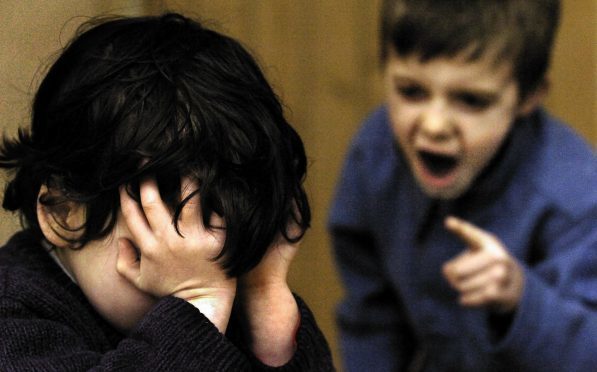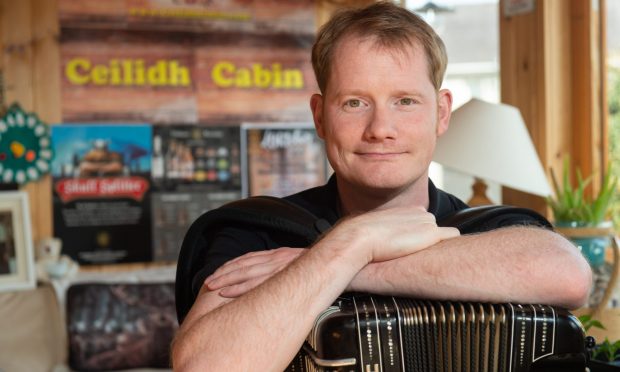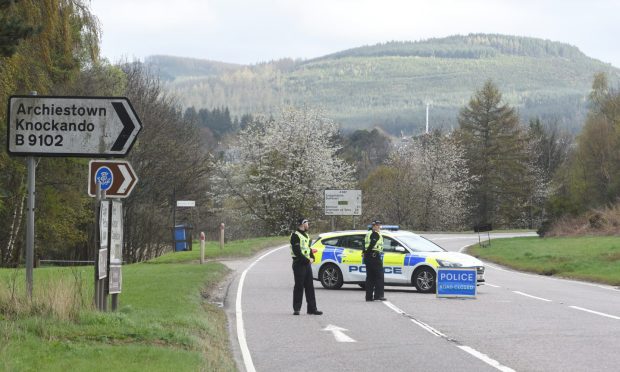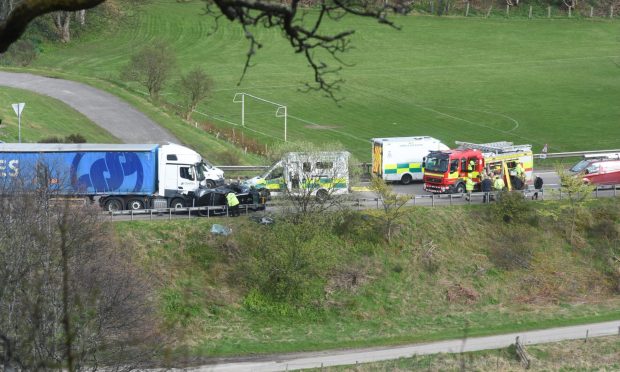Schools in Moray are punishing more pupils for racism than all secondaries in the Highlands and islands and Argyll combined.
New figures obtained by the Press and Journal reveal that there have been 32 racist incidents recorded in Moray’s eight secondaries since January 2014.
The number of cases was higher that the 31 reported by the 45 secondaries throughout the Highlands, Shetland, Orkney, Western Isles and Argyll.
The worrying statistics emerged as a separate report revealed that racism, whether punished or unpunished, is on the increase among Scottish children, with a third experiencing some form of discrimination in their daily lives.
Last night, Moray Council insisted the figures were a result of its “extremely robust and rigorous” system for recording such incidents, as well as its focus on awareness-raising in local schools.
One pupil was excluded in the region in September 2015 for speaking in a derogatory way about another pupil in relation to their skin colour.
In another Moray case in March 2015, the parents of a fifth year pupil were contacted after the teenager was found to have written offensive racist language on a jotter which included references to the Ku Klux Klan and drawings of Swastikas.
Moray MSP Richard Lochhead said he was disappointed to learn that there has been an “unacceptable number of racist verbal incidents” in the region’s secondary schools.
He added: “It is important that our children are made aware of the hurt and distress that such incidents can cause and that every effort is made to ensure that tolerance and understanding is promoted.
“Moray is a diverse community and although any such incidents are very regrettable it may be that pupils are being encouraged to report them, and that may explain why there appears to be a higher number than in other local authority areas. Whatever the reason, these statistics are a reminder that racism must be tackled in all its forms and at all times and parents, pupils, our schools and wider society including the media all have a role to play.”
Argyll and Bute Council revealed that at Tobermory High School, the only secondary on the isle of Mull, one pupil was excluded last year for saying that “French people are immigrants and should be in gas chambers” in front of a visiting French student.
And in Aberdeenshire, where records showed 11 such incidents since November 2015, a male pupil at one school was reported for making a hand gesture representing an explosion in front of another pupil and their peers, before asking the pupil if her mother would “cut off her head if she drank alcohol”.
The details were provided in response to a freedom of information requests.
A total of 16 racist incidents were recorded in Highland Council schools – including one exclusion – since January 2014.
In Orkney, three incidents were anti-English in nature and another involved racist comments directed towards an Asian pupil over the course of “a few months”.
Shetland Islands Council recorded three incidents – one each in September and November in 2015 and one in January 2016.
A total of seven cases were recorded in Argyll – three at Oban High School, two in Rothesay Joint Campus and one each in Tarbert and Tobermory.
There was one case in the Western Isles in the period.
Aberdeen City Council refused to provide any information, insisting that it would cost too much to collate.
A spokeswoman for Argyll and Bute Council said: “Incidents such as these are extremely rare. Our pupils generally work well together and treat each other with respect and understanding. Any form of racist behaviour is unacceptable and will not be tolerated in our schools.”
A Highland Council spokeswoman said: “The number of racially motivated incidents in Highland schools are very small in comparison to the number of pupils.
“We aim to continue to improve on this situation however and work preventatively wherever possible. This is therefore an area highlighted to staff through equality and diversity training and also a focus for work undertaken with pupils through Personal and Social Education Programmes.”
Andrew Griffiths, head of Primary Education at Aberdeenshire Council, said: “While the number of reported incidents is thankfully small we take the matter very seriously. Each of our 173 schools has a robust zero tolerance approach to any racist language or abuse.”










